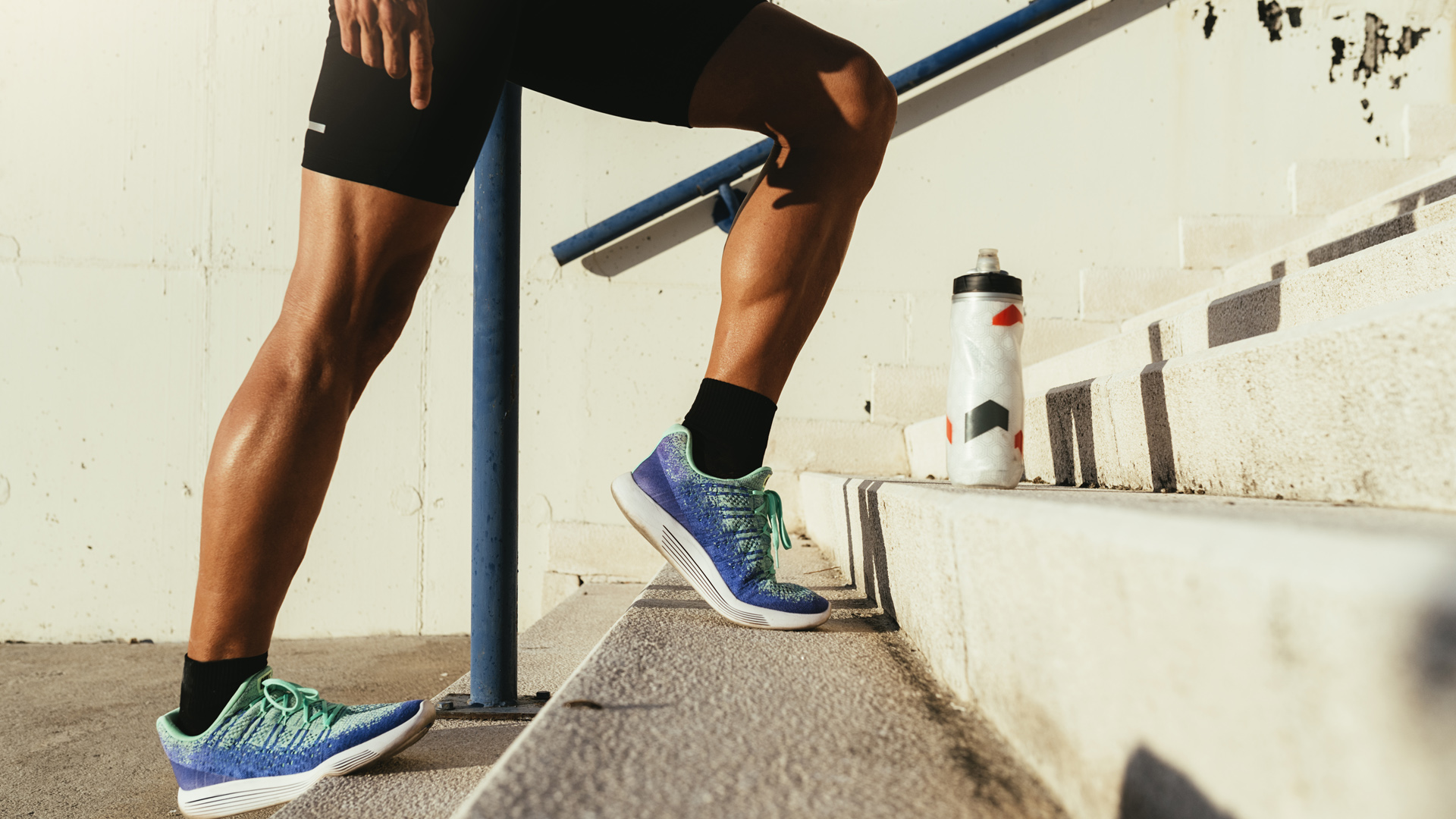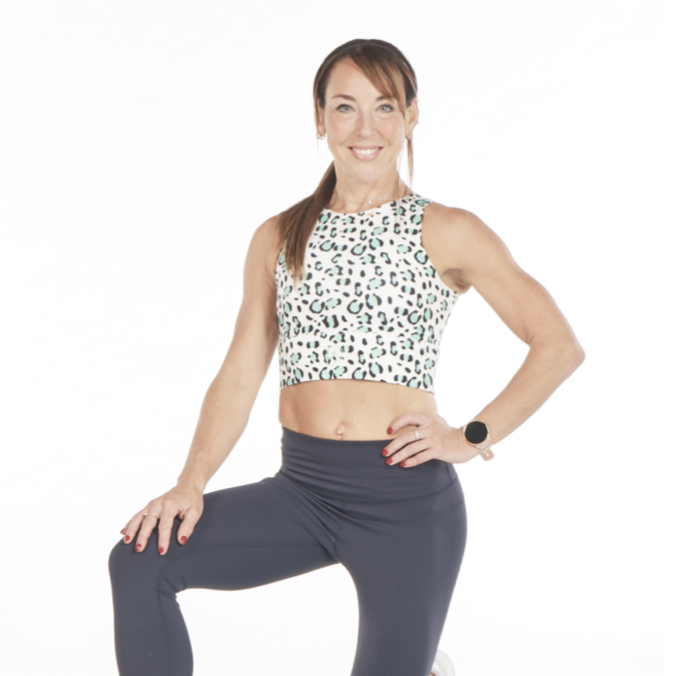

Summer is the perfect time to elevate your fitness game and focus on often-neglected areas, like your calves. Whether you’re hitting the gym or working out at home, these calf exercises are easy to incorporate into your routine and require minimal equipment. Get ready to step up your leg day (pun intended!) with these effective moves designed to maximise your calf growth and strength.
Strong, well-defined calves not only enhance your overall leg aesthetics but also improve your balance and athletic performance.
"Not only do they play a vital role in enhancing your running health and longevity, but strong calves are the key stabilisers in the body, helping to protect your ankles and knees by absorbing impact and reducing strain on these joints,” explains Michael Baah, a Sportsman and Personal Trainer to Professional Athletes.
Michael says strong lower leg muscles can also reduce the risk of injuries during running and in various sports and everyday activities. Plus, they contribute to better overall stability and balance, which is essential for preventing falls and maintaining proper posture.
Grow your calf muscles
Before we discuss how to train your calf muscles, it’s important to understand the anatomy of the muscles you're training: the soleus and the gastrocnemius.
The soleus is the deeper muscle that plays a role in ankle stability and is responsible for flexing the ankle to point the toes and is utilised in walking, running, and jumping.
Conversely, the gastrocnemius is the more superficial two-headed muscle that contributes to plantar flexion. This means that as your gastroc contracts, your ankle and toes point down.
Sign up to the T3 newsletter for smarter living straight to your inbox
Get all the latest news, reviews, deals and buying guides on gorgeous tech, home and active products from the T3 experts
When walking, running, or climbing stairs, the muscle works to flex your ankle and propel you forward.
“Training both of these muscles improves your explosive power, aiding in activities that require sudden bursts of speed or jumping. They also support heavier lifts by providing a stable foundation and better force transfer through your legs," adds Michael, who ruptured his Achilles a few years ago in boxing and personally understands the importance of training the calves.
Three exercises for bigger calves to try this summer
For the best results, try these three exercises at least three times per week.
Deep squat calf raises
Type: Bilateral Calf Work
Reps: 20 reps
Sets: 5 sets with minimal rest between sets
How to do it: lower down into a full squat position and rest your elbows on your knees for counterbalance. Once balanced, raise your heels off the floor and contract your calves. Slowly lower your heels back to the floor to the starting position.
Trainer Tip: “Ensure a full range of motion during each rep by emphasizing the full stretch at the bottom and a strong contraction at the top,” says Michael.
Deep Squat calf raises
Type: Single-leg calf work
Reps: 10 reps per leg
Sets: 6 sets (3 on each side)
How to do it: For this exercise, start by getting into the lunge position, ensuring your front knee is no further forward than your toes. From here you should raise your front heel so that your front foot is on tip toes. Whilst doing this, you should be thinking about sending the heel directly up off the floor without letting the ankle bow out to the side.
Trainer Tip: “Once you lower down in your lunge position, do your best to isolate the calf raise and not move your hips or knees too much. You could also add just one weight to help create an anti-rotation component which will help improve your stability,” says Michael.
Loaded creeper walks
Type: Explosive calf work
Reps: 30 seconds
Sets: 5 sets
How to do it: Grab two dumbbells and carry them by your side. Next, elevate your heels off the floor and start walking forward while letting the knees track over the toes with each step. Ensure your heels don’t touch the floor to keep the calves engaged throughout. Ideally, you shouldn’t be able to see your feet during each step as your knees take the lead.
Trainer Tip: “Moves like this will target the fast-twitch muscle fibers which help build strong and powerful calves,” says Michael. “Be sure to challenge yourself with heavy weights to get the most out of this exercise.”

Lucy Miller is a journalist, Level 3 Personal Trainer, Nutritional Advisor and Children’s Fitness Specialist. She holds fitness qualifications from NASM Training and Premier Training International and has been a fitness journalist and fitness (and cover) model for over 20 years. Since going freelance in 2014, Lucy left Men’s Fitness Magazine to write for an abundance of top consumer titles such as Women’s Health, Women’s Fitness, Waitrose, The Times, The Guardian and Runners World.
She’s also extremely passionate when it comes to educating others about health and physical activity and loves inspiring and working with children and adults to help make fitness fun, sustainable and accessible. In her spare time, Lucy is ever the sportswoman. Once a national gymnast, having won three national titles, she has also run a handful of marathons around the world and loves to test her physical and mental side with daily running and gym sessions, not to mention ballet, bootcamp, boxing and TRX.


